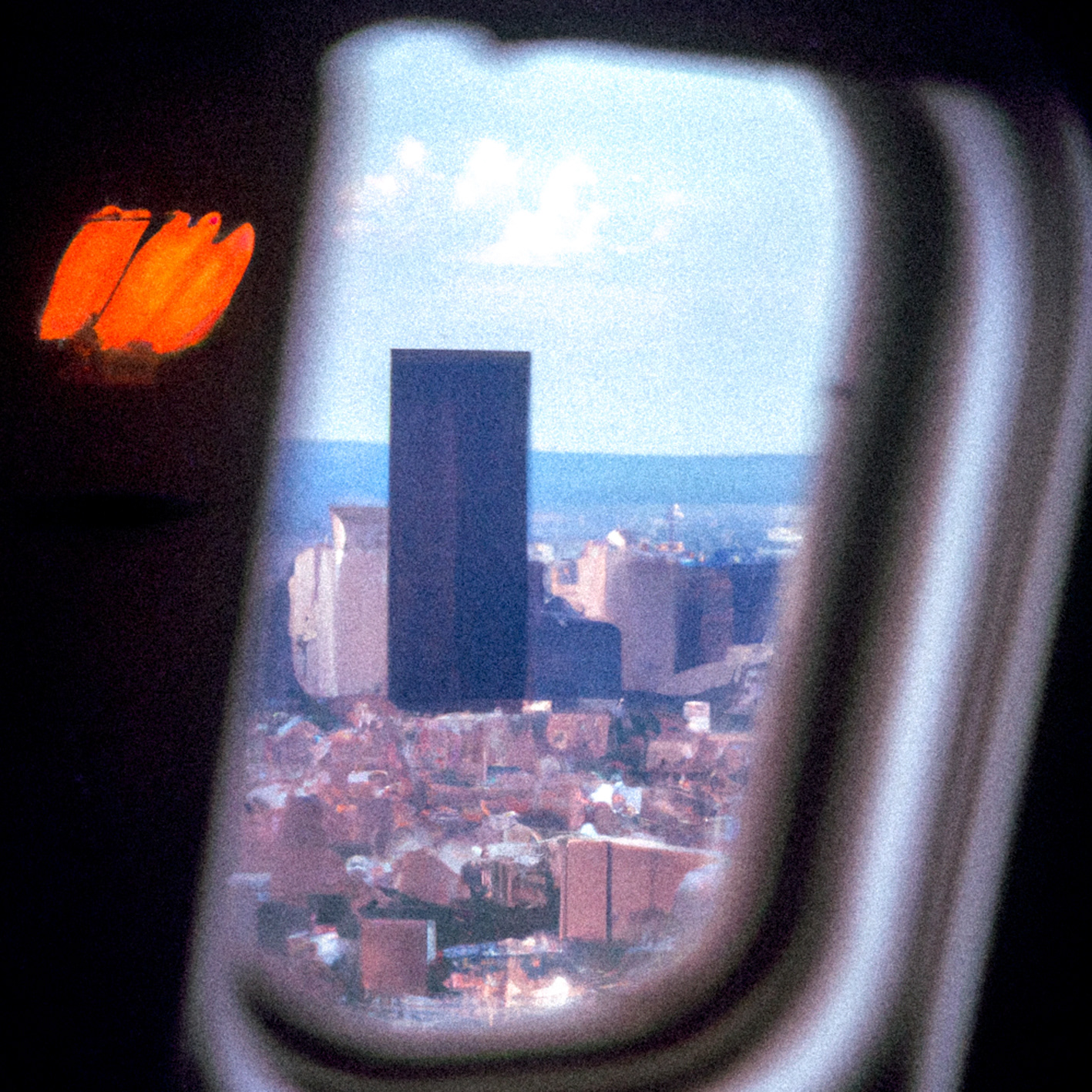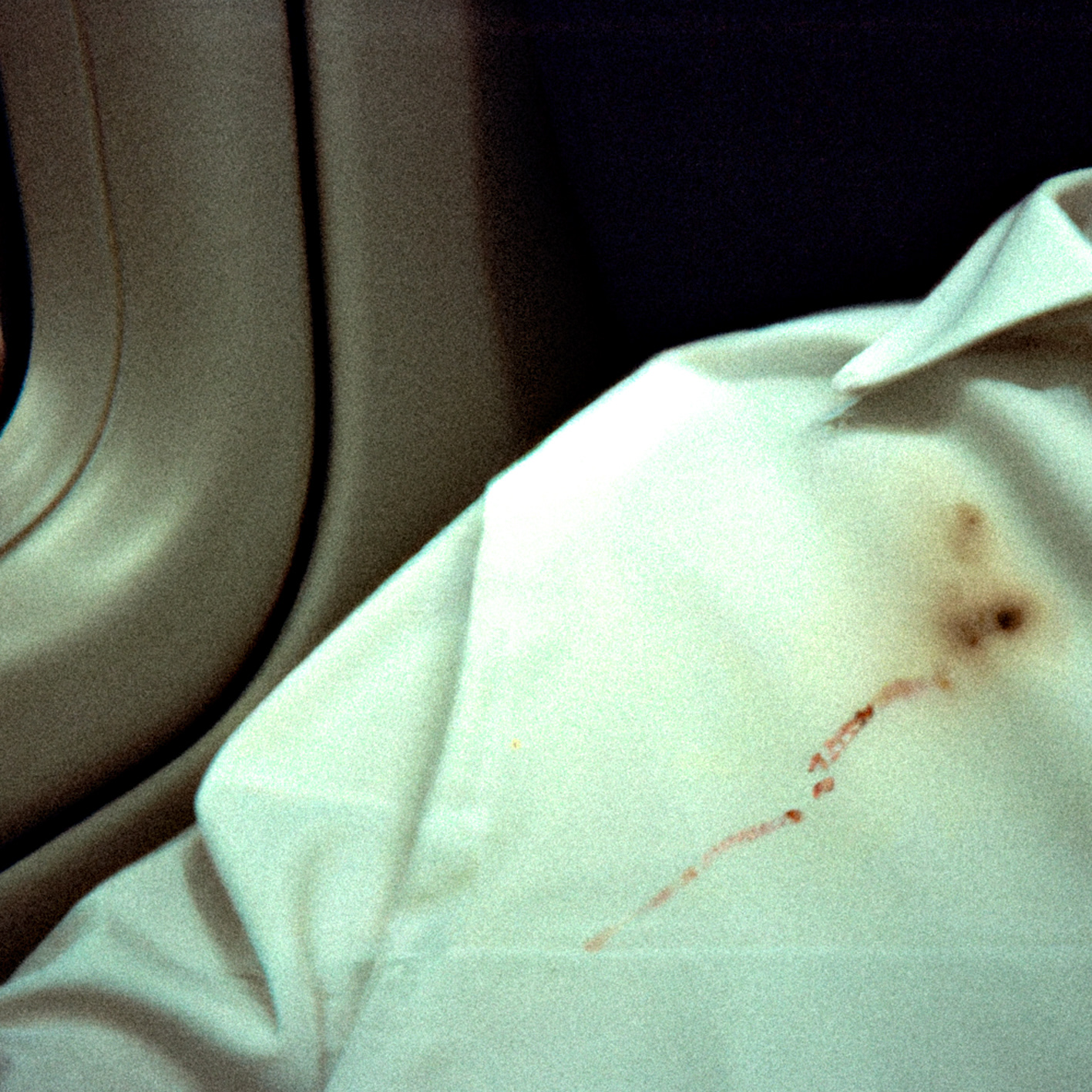alternate link: https://vimeo.com/1056080055
The sky had an intensely cobalt hue.
“A very clear day means you’re going to have a great day in air traffic control,” says Michael McCormick, who was overseeing all air traffic in the northeastern United States that day.
At 8:46, the first hijacked plane struck the north face of the North Tower of the World Trade Center.
All passengers on board were killed instantly.
Passenger Lauren Grandcolas called her husband Jack from the second hijacked plane. During the call, she reassured him that everything was fine. Her voice was very calm, and there was no background noise.
She repeatedly told her husband that she loved him. Finally, Lauren said goodbye to Jack, and the call ended.
She then tried to call another number, but the call did not go through.
“First of all, I wanted to say that I love you... and... I will miss you very much... and... please, tell Mom and Dad that I love them too. I just love you and wanted to tell you that. I don’t know if I’ll have the chance to tell you again,” said Linda Gronlund in a call with her sister.
There were many such calls. However, no photographs survived.
sound: Kacper Jamielucha @pienie_0
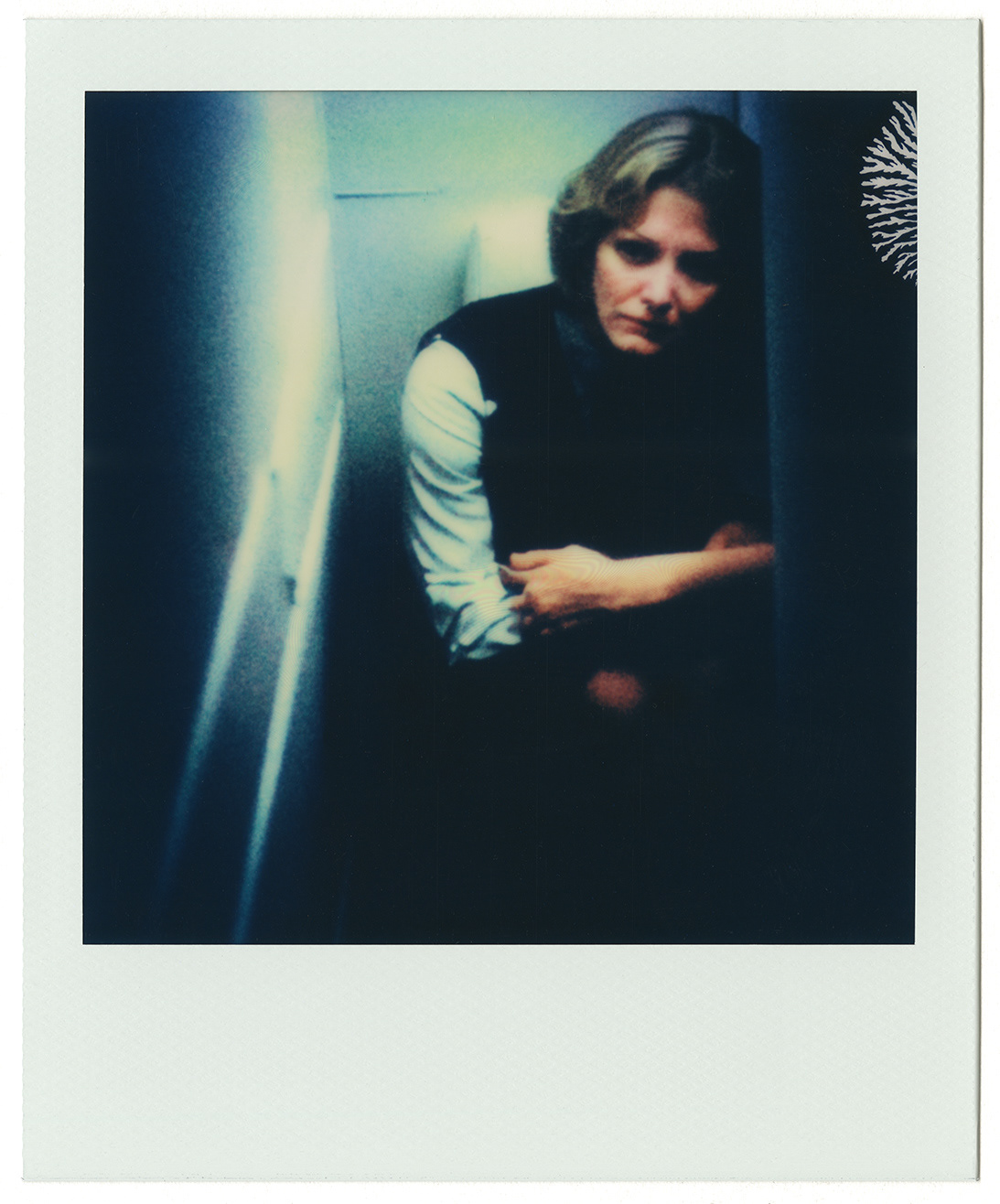
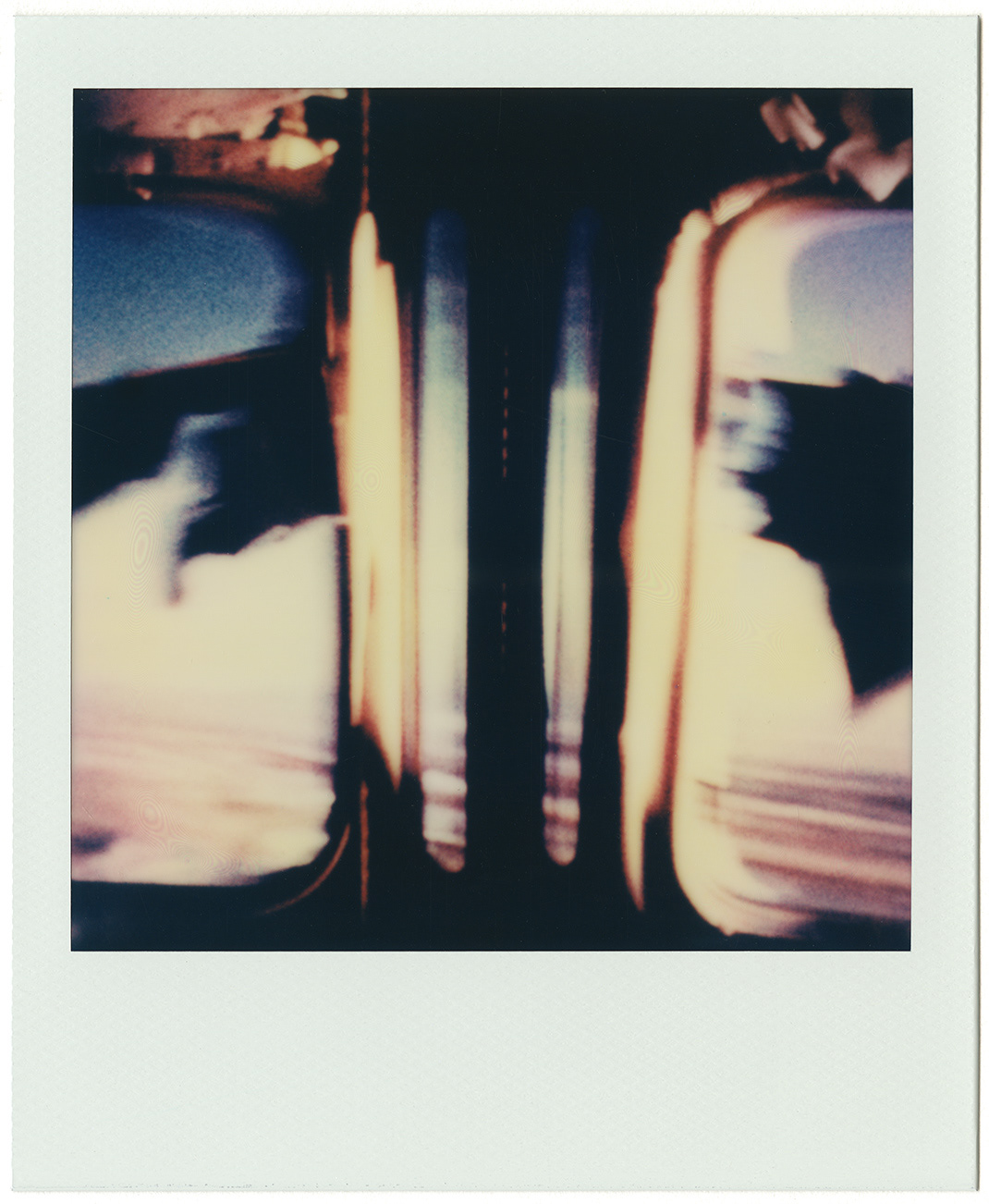
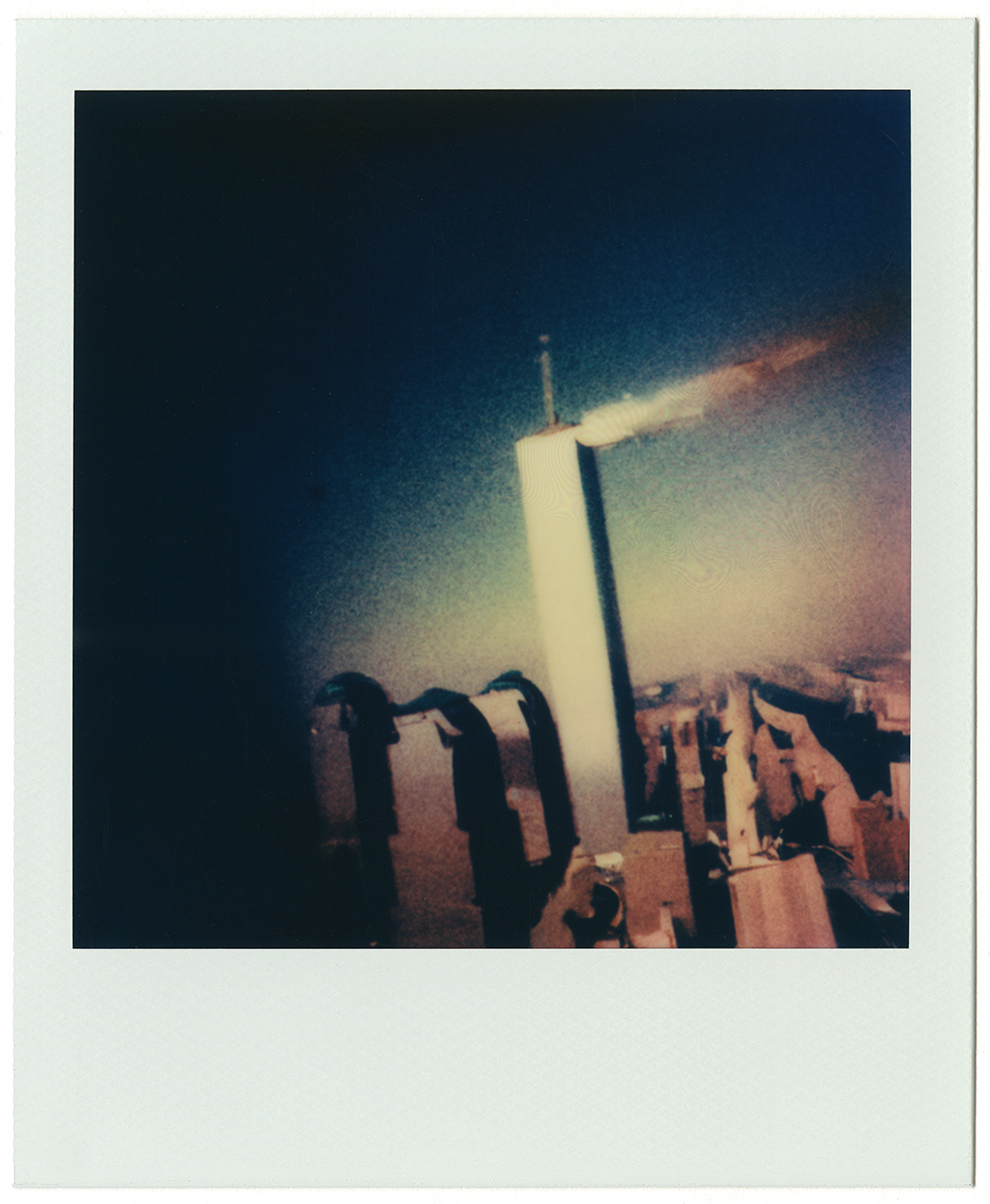
BLACK BOX is a multidisciplinary artistic investigation that uses generative artificial intelligence to create photographic-like images depicting the interiors of the hijacked airplanes from September 11, 2001. These images, while visually reminiscent of documentary photography, do not assert authenticity. Instead, they serve as speculative reconstructions—hypothetical yet emotionally resonant simulations of the passengers’ final moments.
The project addresses a striking absence within one of the most extensively documented events of the 21st century: the terrorist attacks on the World Trade Center. Despite thousands of photographs, videos, and even phone calls, no visual evidence exists from inside the planes. By turning toward what was never captured, BLACK BOX confronts the impossibility of seeing. It invites reflection on the limits of photographic evidence and the fragile trust we place in images as historical testimony.
By generating “photographic” images that mimic the aesthetic language and emotional weight of documentary evidence, BLACK BOX draws attention to the evolving tension between fiction and memory. The project deliberately leverages the seductive realism of AI-generated visuals to unsettle viewers’ expectations and provoke ethical reflection on representation, loss, and the fabrication of collective memory.
Combining generative images with archival audio, textual fragments, and immersive spatial installation, BLACK BOX creates a reflective environment in which the viewer is prompted to navigate between memory and fabrication. Positioned at a critical moment in the evolution of image culture, the work underscores the necessity of rethinking visual ethics, the politics of representation, mediated memory, and the image’s evolving role in shaping collective consciousness.
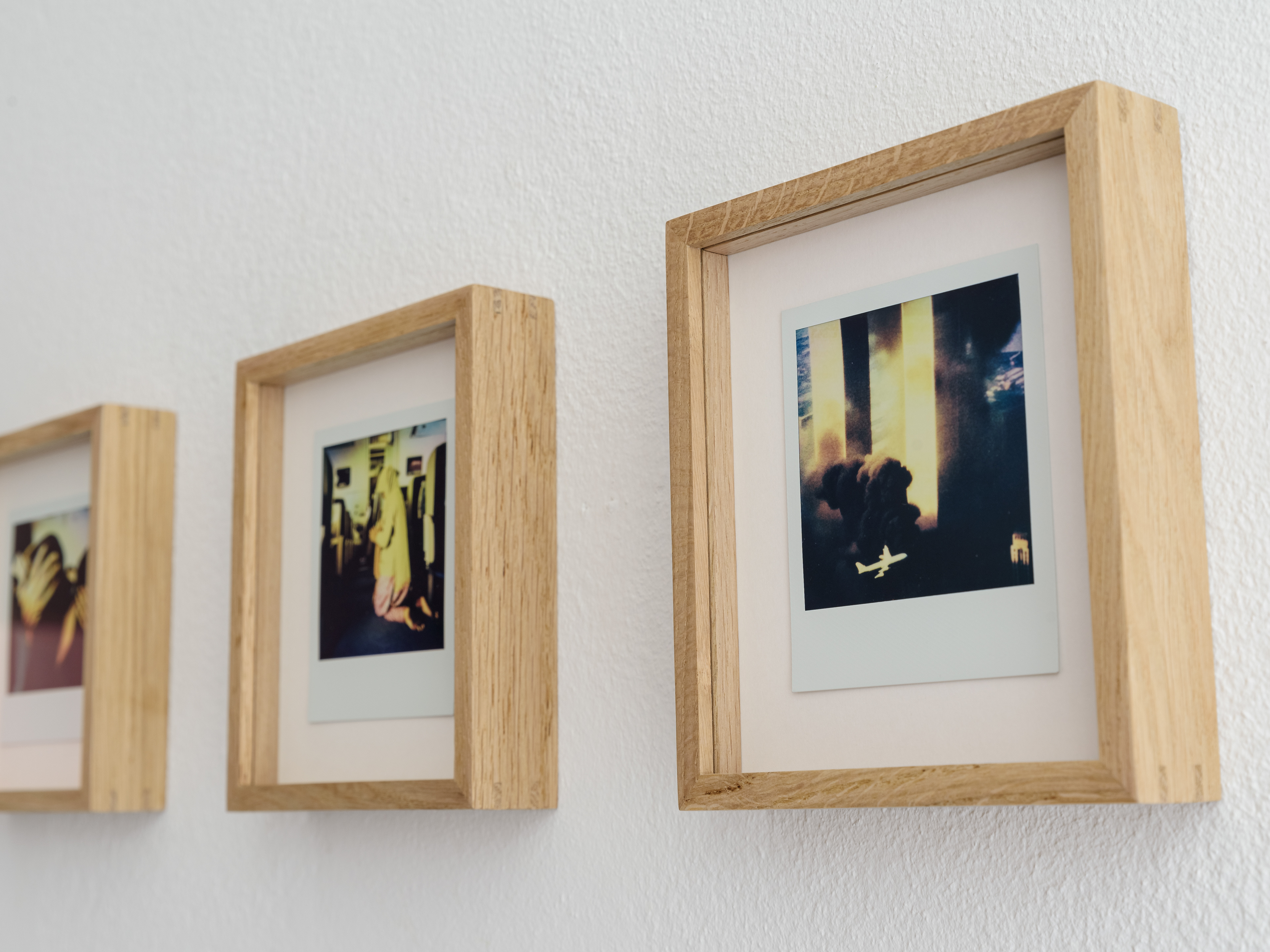
at "Amnesies" in AOKZ Gallery, Łódź, Spinoff Łódź Fotofestiwal
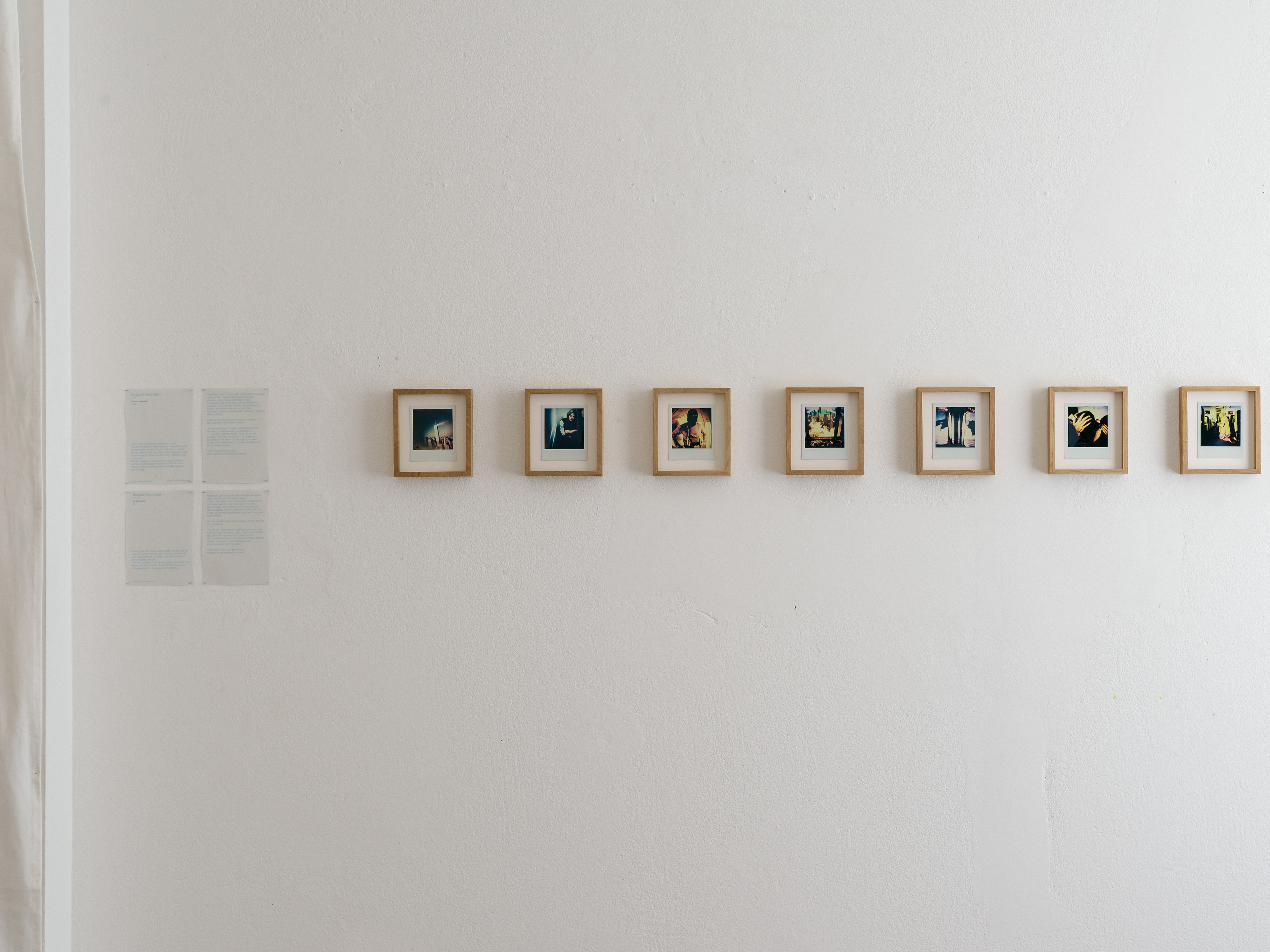
at "Amnesies" in AOKZ Gallery, Łódź, Spinoff Łódź Fotofestiwal
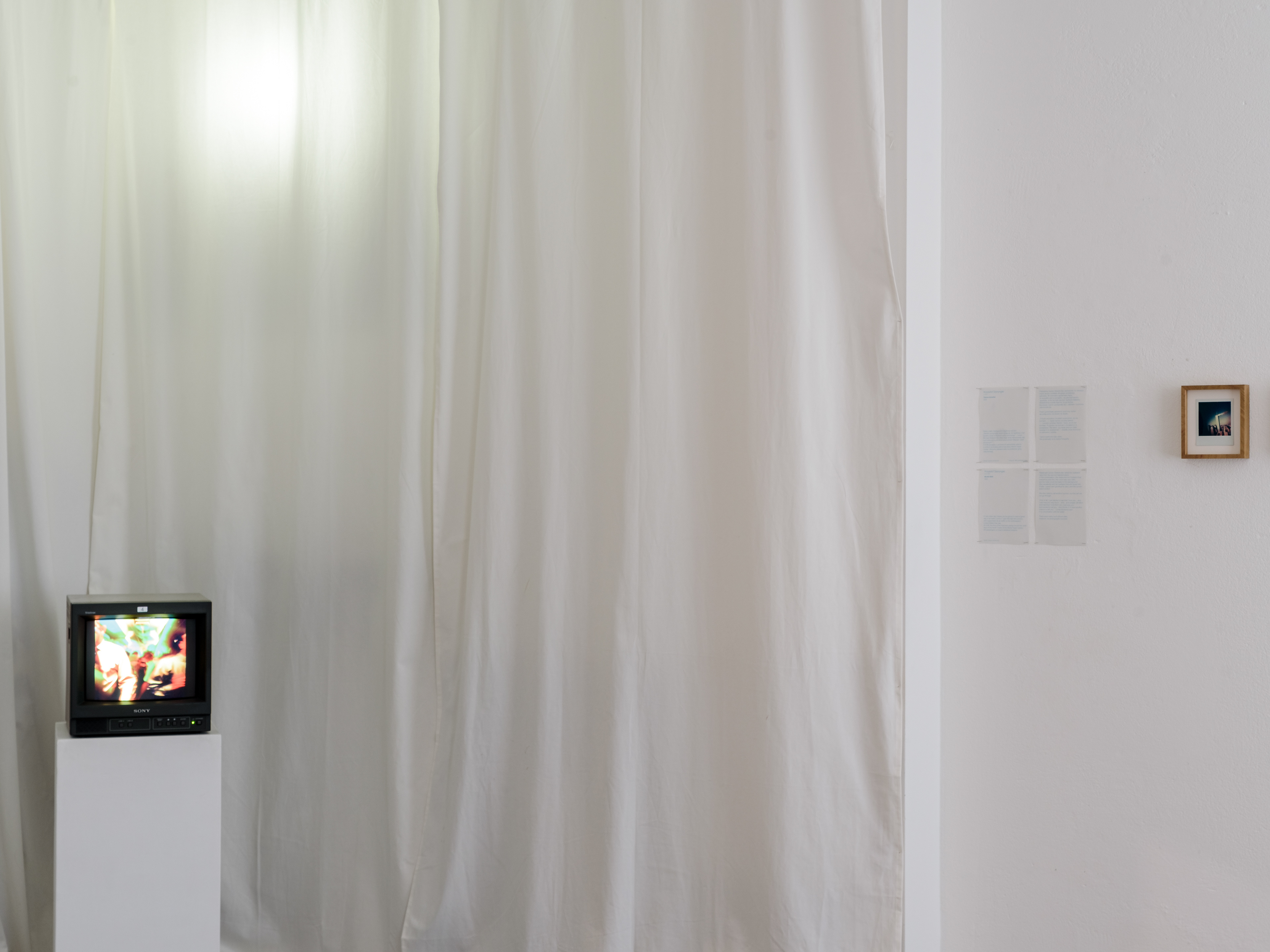
at "Amnesies" in AOKZ Gallery, Łódź, Spinoff Łódź Fotofestiwal
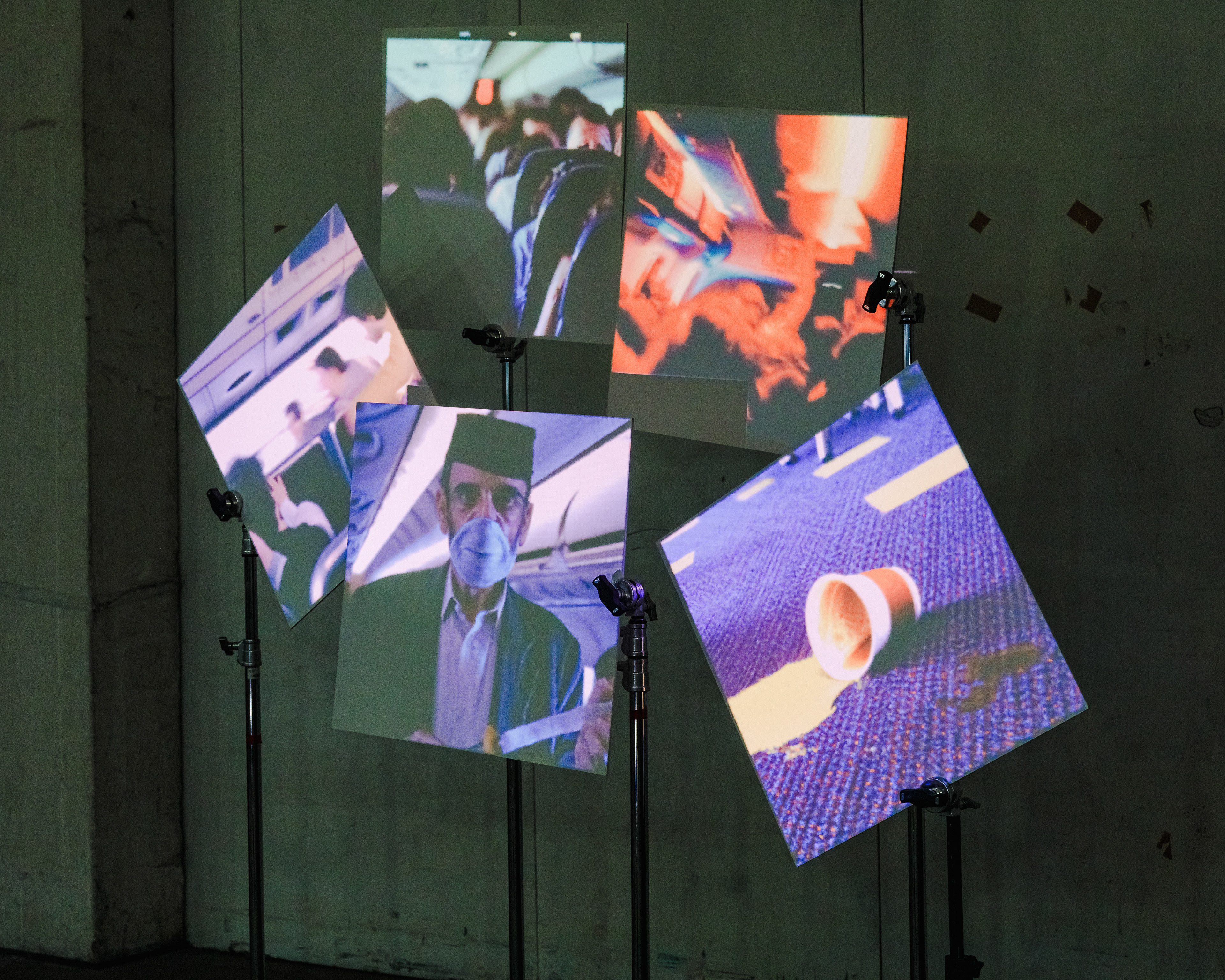
projection mapping
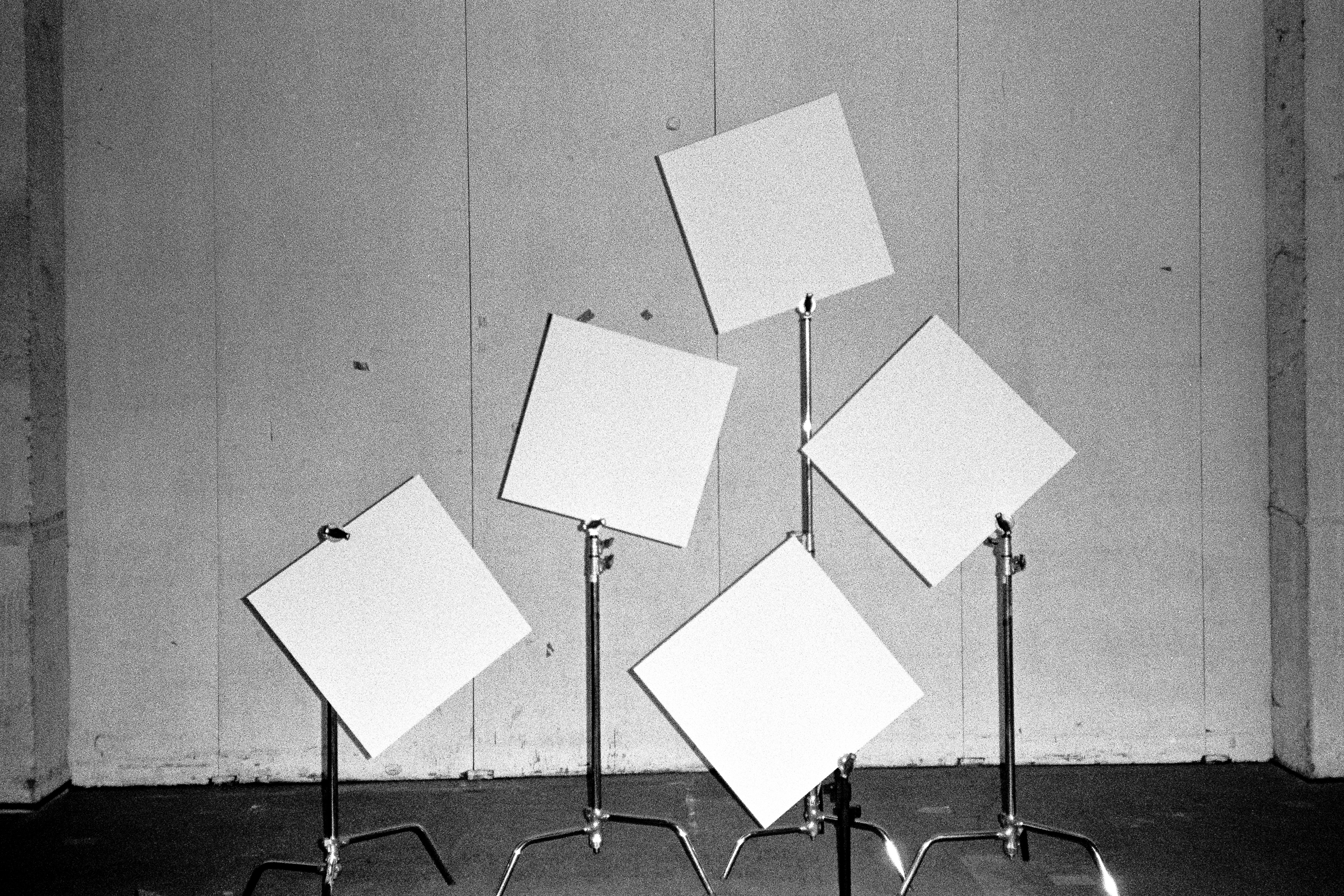
projection mapping setup
